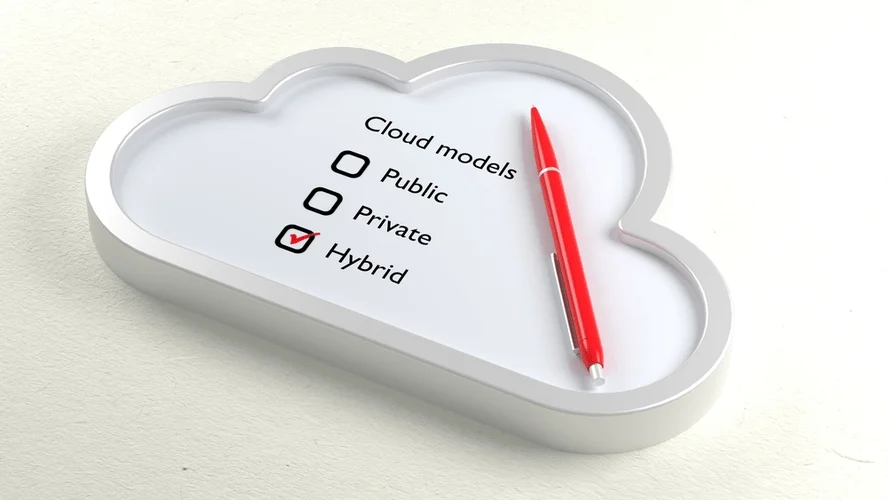Content
CI is a valuable and well-established practice in modern, high performance software engineering organizations. In order to understand the importance of CI, it’s helpful to first discuss https://globalcloudteam.com/ some pain points that often arise due to the absence of CI. Without CI, developers must manually coordinate and communicate when they are contributing code to the end product.
Buddy is a web-based, self- hosted Continuous Integration and Continuous Delivery tool also known as Buddy.Works.Buddy is a serious advancement as one of the trusted CI CD tools. It has an extremely friendly user-interface and is also the simplest tool to use for the web developers, designers and quality assurance teams. Git developers can use this tool for building, testing and deploying the websites and applications using Github, Bitbucket, GitLab codes. Buddy’s pride is simplicity, and it shines through their automated pipeline feature which helps developers to test, build and ship their software to production quicker than ever before.
Transform your Enterprise With XS Capabilities
Moreover, TeamCity allows the simultaneous running of multiple builds and tests in different platforms and environments. Thriving for maximum and optimum efficiency is the primary goal for every software development team. Following the process and methodology of continuous integration is one of the best ways of reaching higher levels of efficiency.

Bamboo is a continuous integration server that automates the management of software application releases, thus creating a continuous delivery pipeline. Bamboo covers building and functional testing, assigning versions, tagging releases, deploying and activating new versions on production. DevOps is continuous integration solution a set of practices and tools designed to increase an organization’s ability to deliver applications and services faster than traditional software development processes. The increased speed of DevOps helps an organization serve its customers more successfully and be more competitive in the market.
Test driven development
JIRA and Bitbucket are some of the tools created by Atlassian for software development. Both cloud and on-premises solutions are offered by Bamboo initially, but the cloud version was discontinued in May 2016 in favor of the BitBucket pipelines. GitHub Actions is a continuous integration/continuous delivery (CI/CD) platform built into GitHub. It is stateless although it allows the self-hosting of agents to some degree. I’m focusing on it since it’s free for open-source projects and has a decent free quota for closed-source projects.
- In a perfect world, we would run every test in a completely isolated fresh environment, but this isn’t practical.
- Continuous integration , is one of the cornerstones of the DevOps revolution.
- Compared to other Java CI tools, Teamcity offers some incredible features such as extreme Extensibility and Customization.
- Getting started with CI/CD requires devops teams to collaborate on technologies, practices, and priorities.
- Developers can now view and collaborate on feature branches with other developers as the features progress through the CI Pipeline.
Developers can rapidly push changes and experiment with new feature ideas to help improve the user experience. This increased execution speed can offer both an advantage over other competitors and an overall higher-quality experience to your customers. Pull requests and code review are a powerful tool to foster passive communication and knowledge share among an engineering team. This helps guard against technical debt in the form of knowledge silos, where specific engineers are the only stakeholders for certain features of a code base.
Salient Features of Codefresh
Although the interface is easy to use, configuration options are a little on the lighter side. Here are five continuous integration tools from across the spectrum of what is available. If you have a data-oriented project, Big Eval is the solution to meet DevOps needs. This tool allows you to check data quality at each stage of project development with the help of regression testing and metadata-based testing, creating competent DataOps processes.

Some teams practicing continuous deployment elect to deploy daily or even hourly to production, though continuous deployment isn’t optimal for every business application. Here’s how software development teams automate continuous integration and delivery all the way through the CI/CD pipeline. CI tools enable developers to merge code into a shared central repository regularly by automating time-consuming tasks and making it easier to back-track to a previous state. The tools automatically build and test the code, keeping it in a perpetually deployable state.
Infrastructure as Code Tools to Boost Your Productivity in 2023
AutoRABIT is an end-to-end Continuous Delivery Suite to speed up the development process. It is one of the best Continuous Integration systems that streamlines the complete release process. It helps the organization of any size to implement Continuous Integration.
It would mean tests would take too long to run and we would need to wait a great deal of time for the CI process. We can write tests with various isolation levels, sometimes we need complete isolation and might need to spin up a container for a test. But most times we don’t and the difference in speed is significant. Built-in contextual eLearning helps supplement your organization-wide training efforts. You can educate and grow the right mix of dev and security champions for your DevSecOps initiatives. Synopsys portfolio integrations allow eLearning to recommend specific lessons based on issues identified by Code Sight, Coverity, and Seeker.
Mock Servers
This allows Gump to detect incompatible modifications to that code within a short period after such changes are uploaded onto the version control systems. Way back, when integration took a longer period, it was exponentially more difficult to find and fix problems. These integration problems lead to the project off-schedule and the failure of the whole project.
